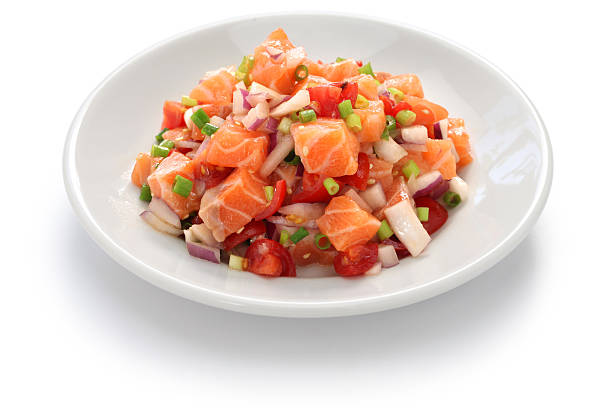Fish and chips, an iconic British dish, has earned a special place in culinary lore for its satisfying taste, comforting appeal, and cultural significance. This beloved meal typically features deep-fried fish fillets served with crispy potato fries, often accompanied by tartar sauce, mushy peas, or vinegar for added flavor. While fish and chips are undeniably delicious, they offer a mix of nutritional benefits and considerations, reflecting both the indulgence of comfort food and the potential for balanced eating.

One of the key nutritional components of fish and chips is its high-quality protein content, primarily derived from the fish used in the dish. Fish is an excellent source of lean protein, providing all nine essential amino acids necessary for muscle repair and growth, immune function, and hormone production. Including protein-rich foods like fish in one’s diet supports satiety, promotes muscle health, and aids in weight management. Additionally, fish is rich in omega-3 fatty acids, particularly EPA and DHA, which are beneficial for heart health, brain function, and reducing inflammation in the body.

Moreover, fish and chips are typically served with a side of deep-fried potatoes, which provide carbohydrates, fiber, and additional nutrients. While deep-frying potatoes adds calories and fat to the dish, potatoes themselves are a good source of vitamins and minerals, including vitamin C, potassium, and B vitamins. Vitamin C is an antioxidant that supports immune function and collagen synthesis, while potassium helps regulate blood pressure and fluid balance in the body. Choosing whole potatoes and minimizing added fats during cooking can help preserve the nutritional value of the potatoes while reducing the calorie and fat content of the dish.

Additionally, fish and chips can be prepared using healthier cooking methods, such as baking or grilling, to reduce the fat and calorie content compared to deep-frying. Baking or grilling fish provides a leaner option with less added fat, while still preserving the natural flavors and nutrients of the fish. Similarly, oven-baked or air-fried potatoes offer a crispy texture without the excess oil and calories associated with deep-frying. These healthier cooking methods allow individuals to enjoy fish and chips with fewer calories and less saturated fat, making it a more nutritious option overall.

Furthermore, fish and chips can be served with a side of mushy peas or a salad to add additional vitamins, minerals, and dietary fiber to the meal. Mushy peas are made from cooked green peas, which are rich in protein, fiber, vitamins, and minerals. Including vegetables like mushy peas or a salad with fish and chips provides a nutrient boost and helps balance out the meal.
In conclusion, fish and chips offer a flavorful and satisfying dish that can be enjoyed as part of a balanced diet when prepared and enjoyed in moderation. With its combination of protein-rich fish, carbohydrates from potatoes, and optional sides of vegetables, fish and chips can provide essential nutrients that support overall health and well-being. By choosing high-quality ingredients, incorporating healthier cooking methods, and balancing the meal with nutrient-rich sides, fish and chips can be enjoyed as a delicious and nutritious meal option.




